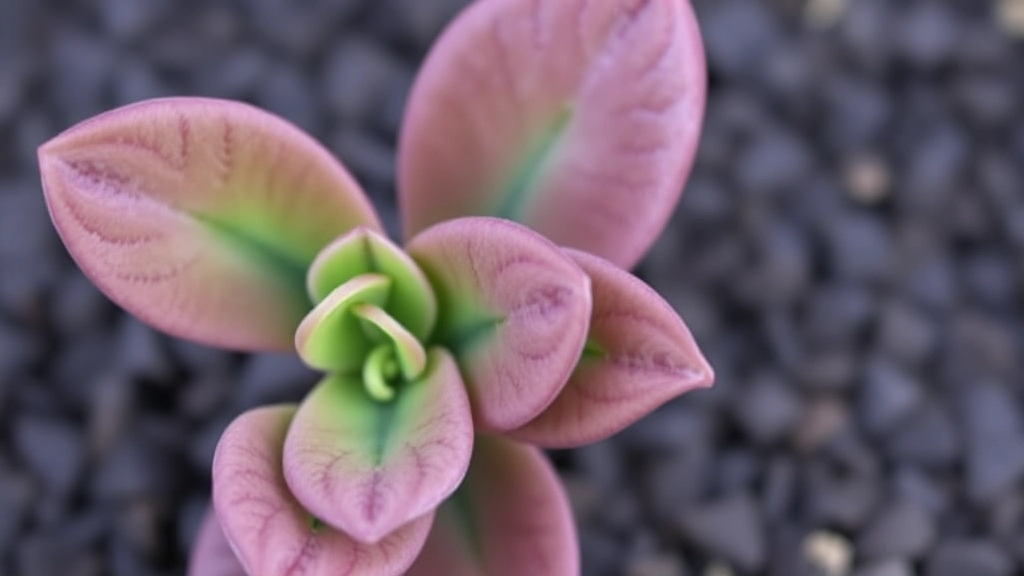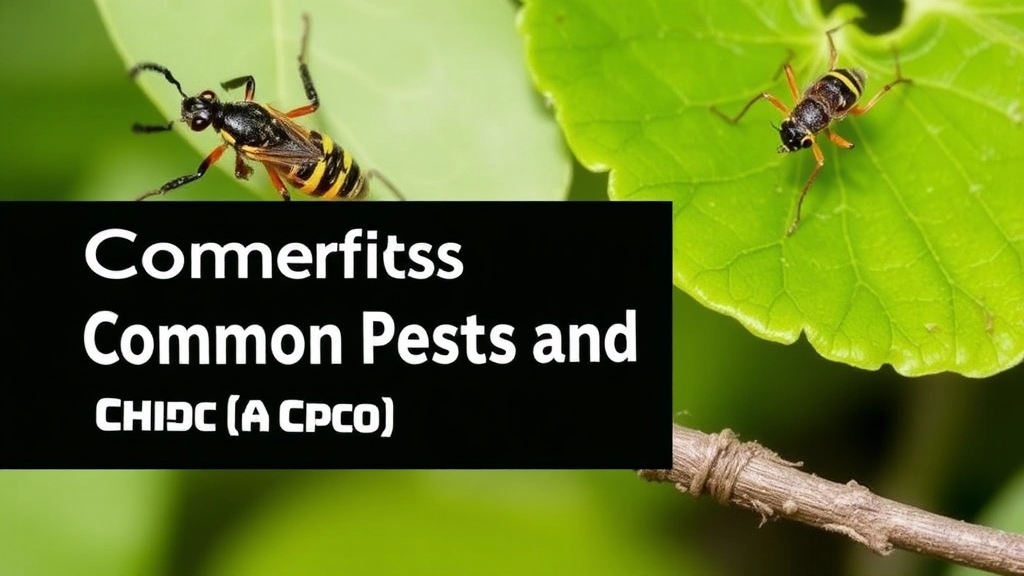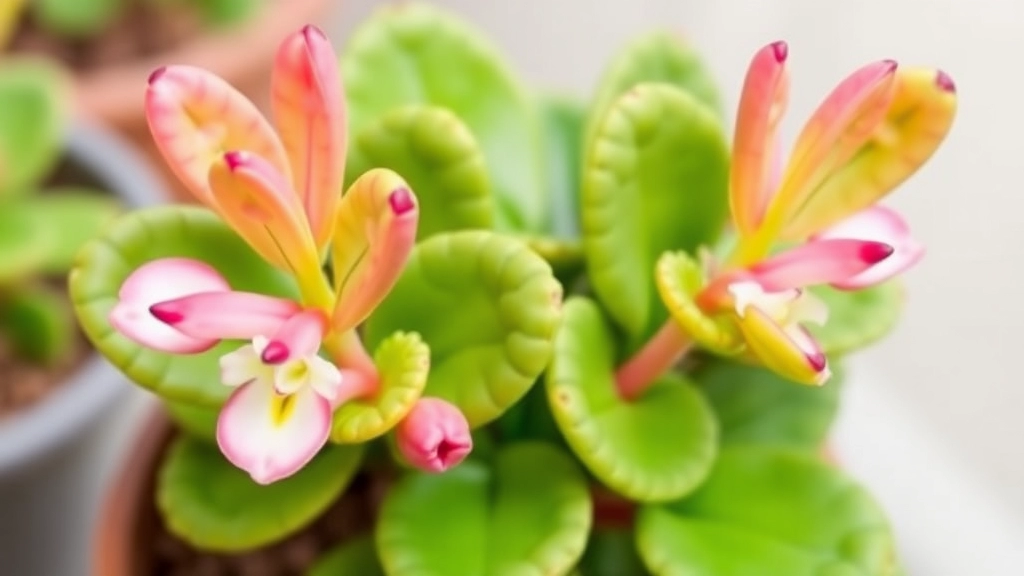How to Care for a Kalanchoe Donkey Ear Plant
Have you ever wondered how to care for a Kalanchoe Donkey Ear Plant? You’re in the right place! This eye-catching succulent, known for its unique, ear-shaped leaves, is a favourite among plant enthusiasts. I’ll guide you through the essentials to keep your Kalanchoe Donkey Ear Plant thriving.
From watering tips to sunlight requirements, I’ll cover everything you need to know. Whether you’re a seasoned gardener or a newbie, these simple steps will ensure your plant stays healthy and vibrant. Let’s dive in and make your Kalanchoe Donkey Ear Plant the star of your green space!
Distinctive Features
- Leaves: The most striking characteristic is its thick, oval-shaped leaves that have a velvety texture, often adorned with a subtle grey-green hue and dark brown edges.
- Growth Habit: Typically forming a rosette shape, the Kalanchoe Donkey Ear can grow up to 30 cm tall and 60 cm wide, making it an eye-catching addition to any space.
- Flowers: While not the main attraction, this plant can produce small, tubular flowers in shades of yellow or orange, usually blooming in late winter or early spring.
Adaptability
This succulent is known for its resilience, thriving in a variety of environments, which makes it ideal for both novice and experienced gardeners. For more information on different varieties, check out Kalanchoe Tomentosa Varieties. Additionally, if you’re interested in propagation, you might find our guide on propagating Kalanchoe Lavender Scallops helpful.
Ideal Growing Conditions for Kalanchoe Donkey Ear Plant

So, you’re ready to dive into the world of Kalanchoe Donkey Ear plants. But what do they really need to thrive?
Light Requirements
First off, these beauties love light.
- Bright, Indirect Sunlight: Ideally, place them near a window where they can soak up bright, but indirect sunlight.
- Avoid Harsh Sun: Too much direct sunlight can scorch those lovely leaves.
Temperature and Humidity
Next up, temperature.
- Warm Temperatures: Kalanchoes prefer temperatures between 18°C to 24°C (65°F to 75°F).
- Avoid Cold Drafts: Keep them away from chilly drafts or extreme heat, like radiators.
Soil Type
Now, let’s talk soil.
- Well-Draining Soil: A cactus or succulent mix works wonders. You want the moisture to escape easily.
- pH Balance: Aim for a slightly acidic to neutral pH (around 6.0 to 7.0).
Potting
Choosing the right pot is crucial.
- Terracotta Pots: These are ideal as they allow moisture to evaporate, preventing root rot.
- Drainage Holes: Always ensure your pot has drainage holes. Waterlogged roots are a definite no-go!
Air Circulation
Lastly, let’s not forget air circulation.
- Good Airflow: A well-ventilated area helps prevent fungal issues.
Watering and Fertilizing Tips for Kalanchoe Donkey Ear Plant
When it comes to nurturing your Kalanchoe Donkey Ear Plant, understanding its watering and fertilizing needs is crucial for its health and vibrancy. Many plant enthusiasts often wonder how to strike the right balance, ensuring their succulent thrives without overwatering or under-fertilizing.
Common Pests and Diseases

As we delve deeper into caring for the Kalanchoe Donkey Ear Plant, it’s crucial to address a common concern among plant enthusiasts: pests and diseases.
Pests
Kalanchoe plants can attract several pests that may hinder their growth and overall health. Here are the most common culprits:
- Mealybugs: These small, white insects often cluster in leaf axils and stem joints. They suck the sap from the plant, leading to wilting and yellowing leaves.
- Aphids: Tiny and green, aphids can be found on new growth. They can cause distortion in leaves and may lead to the spread of diseases.
- Spider Mites: These minuscule pests thrive in dry conditions. They create fine webs and cause stippling on leaves, which can result in leaf drop.
Diseases
In addition to pests, Kalanchoe Donkey Ear Plants are susceptible to certain diseases:
- Powdery Mildew: This fungal disease appears as a white powdery substance on leaves. It thrives in high humidity and poor air circulation.
- Root Rot: Often caused by overwatering, this disease leads to mushy roots and can be fatal if not addressed quickly.
Prevention and Treatment
To keep your Kalanchoe healthy, consider these tips:
- Regular Inspections: Check your plant weekly for any signs of pests or diseases.
- Proper Watering: Avoid overwatering to prevent root rot. Ensure the pot has drainage holes.
- Air Circulation: Place your plant in a well-ventilated area to reduce humidity and prevent powdery mildew.
- Natural Remedies: Use insecticidal soap for pests or a mixture of water and baking soda for powdery mildew.
By being proactive, you can keep your Kalanchoe Donkey Ear Plant thriving and beautiful.
Propagation Methods for Kalanchoe Donkey Ear Plant
When it comes to propagating the Kalanchoe Donkey Ear plant, many enthusiasts wonder about the best techniques to ensure success.
Leaf Cuttings
One of the most popular and effective methods is using leaf cuttings. Here’s how to do it:
- Select a Healthy Leaf: Choose a mature leaf from the plant.
- Cut with Care: Use a clean, sharp knife to cut the leaf at the base.
- Allow to Callus: Place the leaf in a dry area for a few days to let the cut end callus over.
- Plant in Soil: Once callused, place the leaf in well-draining soil, burying the cut end lightly.
- Water Sparingly: Mist the soil lightly and avoid overwatering until roots develop.
Offsets
Kalanchoe Donkey Ear plants often produce offsets, or small plantlets, that can be separated and replanted. Here’s the process:
- Identify Offsets: Look for small growths at the base of the parent plant.
- Gently Remove: Carefully twist or cut the offset from the parent plant.
- Let it Heal: Allow the offset to dry for a day or two.
- Replant: Place it in fresh soil and water lightly.
Seeds
While less common, propagating from seeds is another option. Here’s a simple guide:
- Collect Seeds: Harvest seeds from a mature flower.
- Prepare Soil: Use a seed-starting mix for best results.
- Sow Seeds: Scatter seeds on the surface and lightly cover them with soil.
- Water Carefully: Keep the soil moist but not soggy.
Tips for Successful Propagation
- Temperature: Keep your cuttings or offsets in a warm, bright spot, but out of direct sunlight.
- Humidity: A light misting can help maintain humidity around the cuttings.
- Patience: It may take a few weeks for roots to develop, so be patient.
For more detailed information on propagation techniques, you can refer to our Kalanchoe Mother of Thousands Propagation Guide and our comprehensive How to Propagate Kalanchoe Mother of Thousands Easily guide.
Decorative Uses of the Kalanchoe Donkey Ear Plant in Home and Garden
So, you’ve got your Kalanchoe Donkey Ear Plant thriving, and now you’re wondering how to showcase it, right?
This unique succulent isn’t just a pretty face; it’s a versatile addition to your home and garden decor. Here’s how you can elevate your space with this charming plant.
Indoor Decor
- Table Centerpiece: Place a Kalanchoe Donkey Ear in a stylish pot on your dining table or coffee table. It’s a conversation starter and adds a touch of greenery.
- Windowsills: These plants love sunlight, making them perfect for bright windowsills. They’ll soak up the rays while adding life to your indoor space.
- Shelving Units: Incorporate them into your bookcases or shelving. Their unique shape and texture create visual interest among books and other decor.
Outdoor Displays
- Rock Gardens: Their thick, fleshy leaves look fantastic in rock gardens, complementing stones and other succulents.
- Container Gardens: Mix them with other drought-tolerant plants in containers. This creates a stunning arrangement that’s easy to maintain.
- Patio Decor: Use them in hanging baskets or as part of your patio decor. They thrive in outdoor settings, adding a pop of colour and texture.
Creative Arrangements
- Terrariums: Create a mini ecosystem with your Kalanchoe Donkey Ear in a glass terrarium. It’s a fun project and serves as a unique decor piece.
- Mixed Planters: Pair them with flowering plants or other succulents for a vibrant display. The contrast of their leaves with blooms can be striking.
Seasonal Displays
- Festive Touches: During the holidays, consider using them as part of your festive decor. They can fit right in with seasonal arrangements.
- Themed Decor: Change your plant’s pot according to the season or occasion. A bright pot for summer, a cozy one for autumnâit’s easy to switch things up!
Incorporating the Kalanchoe Donkey Ear Plant into your home and garden decor not only enhances your space but also brings a sense of calm and nature indoors. For more inspiration, check out our guide to different types of Kalanchoe varieties and our ultimate guide to Kalanchoe Silver Dollar care.
FAQs about Kalanchoe Donkey Ear Plant
What are the light requirements for the Kalanchoe Donkey Ear Plant?
The Kalanchoe Donkey Ear Plant thrives in bright, indirect sunlight. Avoid placing it in direct sunlight as it can scorch the leaves.
What is the ideal temperature range for the Kalanchoe Donkey Ear Plant?
The plant prefers temperatures between 18°C to 24°C (65°F to 75°F). Keep it away from cold drafts and extreme heat sources like radiators.
What type of soil is best for the Kalanchoe Donkey Ear Plant?
A well-draining soil, such as a cactus or succulent mix, is ideal. Aim for a soil pH that is slightly acidic to neutral, around 6.0 to 7.0.
What kind of pot should I use for my Kalanchoe Donkey Ear Plant?
Terracotta pots are recommended as they allow moisture to evaporate, preventing root rot. Ensure the pot has drainage holes to avoid waterlogged roots.
How important is air circulation for the Kalanchoe Donkey Ear Plant?
Good air circulation is crucial as it helps prevent fungal issues. Place your plant in a well-ventilated area to maintain healthy growth.
What pests commonly affect the Kalanchoe Donkey Ear Plant?
Common pests include mealybugs, aphids, and spider mites. Regular inspections can help identify and treat these pests early.
What diseases are Kalanchoe Donkey Ear Plants prone to?
The plant is susceptible to powdery mildew and root rot. Proper watering and good air circulation can help prevent these diseases.
How can I prevent and treat pests and diseases on my Kalanchoe Donkey Ear Plant?
Regular inspections, proper watering, and ensuring good air circulation are key preventive measures. For treatment, use insecticidal soap for pests and a mixture of water and baking soda for powdery mildew.
Can I use natural remedies to treat my Kalanchoe Donkey Ear Plant?
Yes, natural remedies such as insecticidal soap can be effective against pests, and a mixture of water and baking soda can help treat powdery mildew.
References
-
Gardening Know How: Kalanchoe Donkey Ear Care
-
The Spruce: Growing Kalanchoe Donkey Ears
-
Houseplant 411: Kalanchoe Donkey Ears Care Guide
